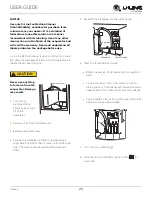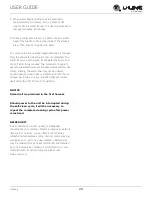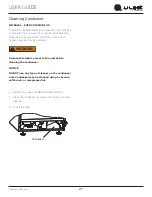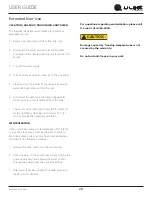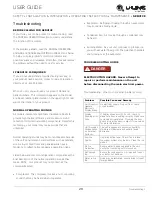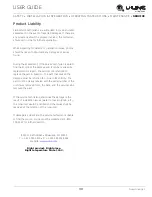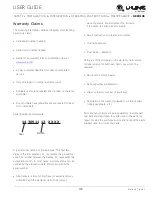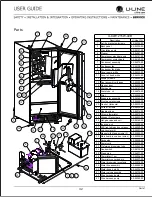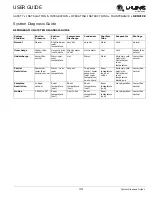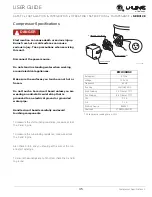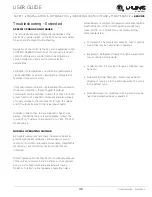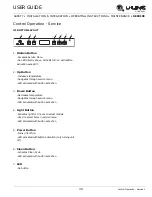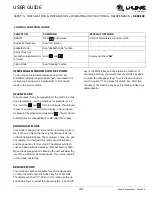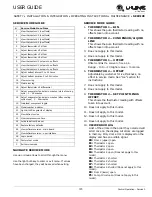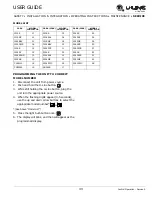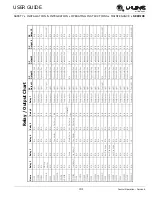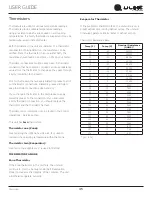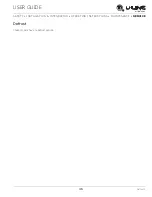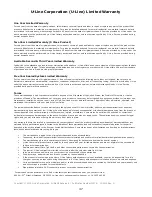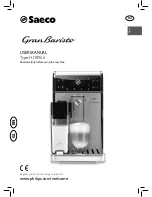
USER GUIDE
Troubleshooting - Extended 1
u-line.com
SAFETY • INSTALLATION & INTEGRATION • OPERATING INSTRUCTIONS • MAINTENANCE •
SERVICE
Troubleshooting - Extended
SPECIFIC ERRORS AND ISSUES
The technically advanced diagnostic capabilities of the
electronic controls utilized on the 3000 series units allows
for easy and thorough trouble shooting.
Navigation of the control is the key and is explained in the
CONTROL OPERATION section of the manual, along with
control button layout, control function descriptions, a
service mode menu and service menu selection
explanations.
Verification of temperature and thermistor performance
can be identified by directly viewing actual temperature
readings in the service mode.
Component failure issues can be identified through service
mode menu selection, “Relay Toggle” Individual
components can be switched on and off to check for both
proper function of a specific component and also delivery
of supply voltage to the components through the relays
and DC outputs located on the relay/power board.
Included in this section is some diagnostic tips and as
always, if additional help is required please contact the
U-Line Corp, “Customer Care Facility” at +1.800.779.2547
for assistance.
NORMAL OPERATING SOUNDS
All models incorporate rigid foam insulated cabinets to
provide high thermal efficiency and maximum sound
reduction for its internal working components. Despite this
technology, your model may make sounds that are
unfamiliar.
Normal operating sounds may be more noticeable because
of the unit’s environment. Hard surfaces such as cabinets,
wood, vinyl or tiled floors and paneled walls have a
tendency to reflect normal appliance operating noises.
Listed below are common refrigeration components with a
brief description of the normal operating sounds they
make. NOTE: Your product may not contain all the
components listed.
• Compressor: The compressor makes a hum or pulsing
sound that may be heard when it operates.
• Evaporator: Refrigerant flowing through an evaporator
may sound like boiling liquid.
• Condenser Fan: Air moving through a condenser may
be heard.
• Automatic Defrost Drain Pan: Water may be heard
dripping or running into the drain pan when the unit is
in the defrost cycle.
• Solenoid Valves: An occasional clicking sound may be
heard as solenoid valves are operated.
36




